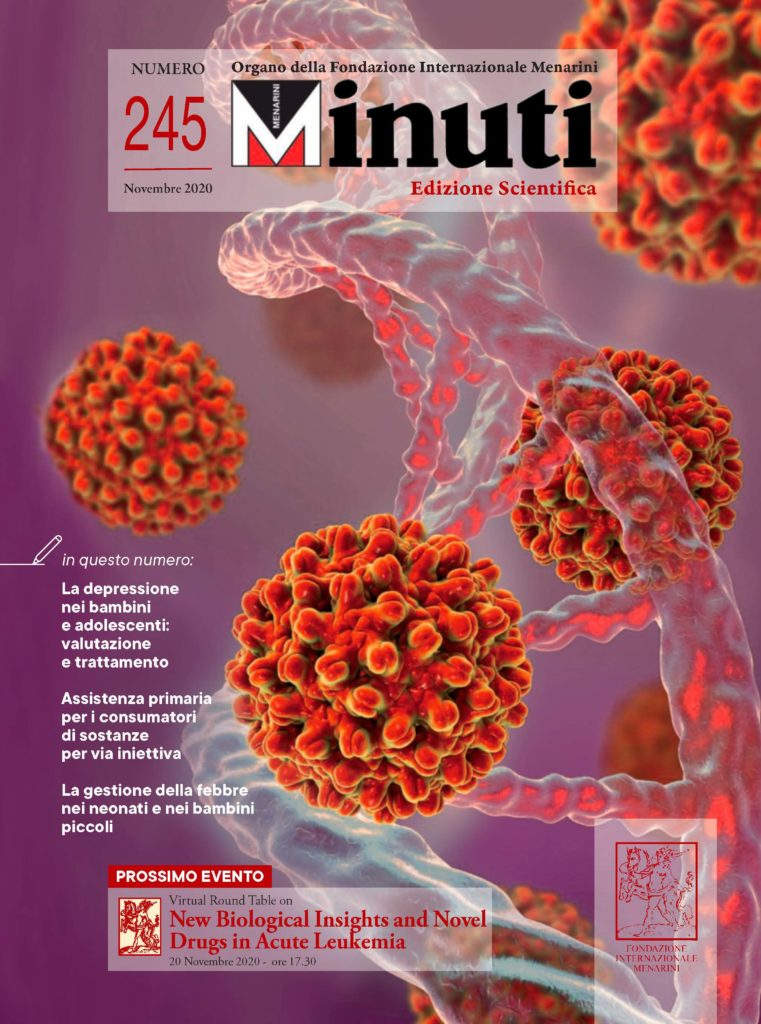
Pruritus: Diagnosis and Management
di Jedda Rupert, James David Honeycutt • June 2022
Pruritus is the sensation of itching; it can be caused by dermatologic and systemic conditions. An exposure history may reveal symptom triggers. A thorough skin examination, including visualization of the finger webs, anogenital region, nails, and scalp, is essential. Primary skin lesions indicate diseased skin, and secondary lesions are reactive and result from skin manipulation, such as scratching. An initial evaluation for systemic causes may include a complete blood count with differential, creatinine and blood urea nitrogen levels, liver function tests, iron studies, fasting glucose or A1C level, and a thyroid-stimulating hormone test. Additional testing, including erythrocyte sedimentation rate, HIV screening, hepatitis serologies, and chest radiography, may also be appropriate based on the history and physical examination. In the absence of primary skin lesions, physicians should consider evaluation for malignancy in older patients with chronic generalized pruritus. General management includes trigger avoidance, liberal emollient use, limiting water exposure, and administration of oral antihistamines and topical corticosteroids. If the evaluation for multiple etiologies of pruritus is ambiguous, clinicians may consider psychogenic etiologies and consultation with a specialist.
(Am Fam Physician. 2022; 105(1):55-64. Copyright © 2022 American Academy of Family Physicians.)
(Am Fam Physician. 2022; 105(1):55-64. Copyright © 2022 American Academy of Family Physicians.)
Related Articles
Management of Late-Term and Postterm Pregnancy
di
Dr.ssa Breanna Gawrys, Dr.ssa Diana Trang, Dr.ssa Whay Cheng
September 2025
Highlights
di
Aaron Saguil, Matthew V. Fargo
∙
February 2021







